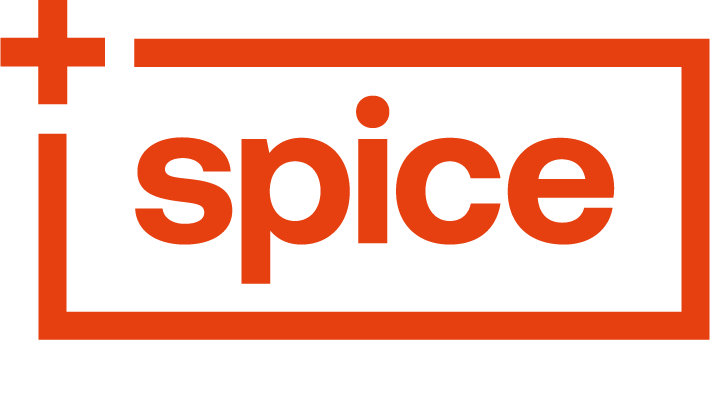
Let’s be real: free fruit in the office kitchen and the occasional pizza Friday are not enough to keep people engaged anymore. Employees today want more than perks, they want purpose.
And honestly, can you blame them? Work takes up a massive chunk of our lives. If we’re going to pour energy, creativity, and our sanity into it, it had better mean something.
Recent Massey University wellbeing@work research reveals levels of exhaustion have hit a record high – even higher than at the peak of the pandemic, with one in two workers now saying they are experiencing severe burnout. We’re all running on empty. And while there’s no magic cure, doing work that connects to your values, impact, and a bigger purpose can make a real difference.
Purpose Is the New Pay Rise
Don’t get me wrong, salary still matters (try paying your power bill with “good vibes” and see how that goes!). But increasingly, employees are saying: If my job doesn’t align with my values, or give me something to believe in, I’m out.
Gen Z and Millennials, in particular, are leading the charge. They’re not satisfied with simply clocking in and out. They want to know that their work matters, that their organisation is contributing to something bigger, whether it’s sustainability, social good, or community impact.
So yes, competitive pay gets people in the door. But purpose? That’s what makes them stay.
HR’s Role: From Payroll to Purpose Builders
This is where HR leaders step into superhero mode. Creating a culture of purpose isn’t just about putting “values” on the office wall; it’s about embedding them into the Employee Value Proposition (EVP) and, more importantly, making sure employees actually feel them in their day-to-day experience.
Here’s how HR can lead the way:
1. Redefine the EVP
Move past the basics. Yes, benefits, flexibility, and salary are important, but your EVP also needs to highlight your organisation’s impact, values, and growth opportunities. Make it clear: working here isn’t just a job, it’s a chance to make a difference.
2. Invest in Growth and Development
Meaning isn’t only about global causes, it’s also about personal growth. Employees want to see a future for themselves in your organisation. Offer learning, mentorship, and career pathways that help them feel they’re moving forward, not standing still.
3. Show (Don’t Tell) Your Social Impact
Sustainability, diversity, inclusion, community, and engagement aren’t just buzzwords. They’re deal-breakers. Gen Z, in particular, will call you out if you’re only “purpose-washing”. Back up your statements with real initiatives and results, and make sure it’s authentic.
4. Lead with Authenticity
Leaders set the tone. Employees can smell insincerity from a mile away (and they’ll post about it, too!). Purpose only resonates if it’s lived, not just preached. HR can coach leaders to walk the talk and connect meaning to everyday work.
The Bottom Line
The next big battle for talent retention won’t be won with salaries or snack cupboards; it’ll be won with purpose, meaning, and authenticity. Employees want to believe in the work they’re doing, and organisations that deliver on that promise will see higher engagement, loyalty, and satisfaction.
The spicy truth? If you’re not building a culture of purpose now, your competitors will, and your best people might already be eyeing the exit.
Ready to Add Purpose to Your People Strategy?
At Spice, we know that retaining talent isn’t about gimmicks, it’s about creating meaningful employee experiences that inspire commitment and connection. From crafting EVPs that go beyond remuneration, to helping leaders embed purpose into their workplace culture, we’re here to help.
Add Spice to shape a workplace where people don’t just work for you, they believe in what you do!









